Porsche 356/2 “gmünd” Coupe (1948 – 1951)
Share
The Porsche 356/2 “Gmünd” Coupe (1948 – 1951): An Introduction
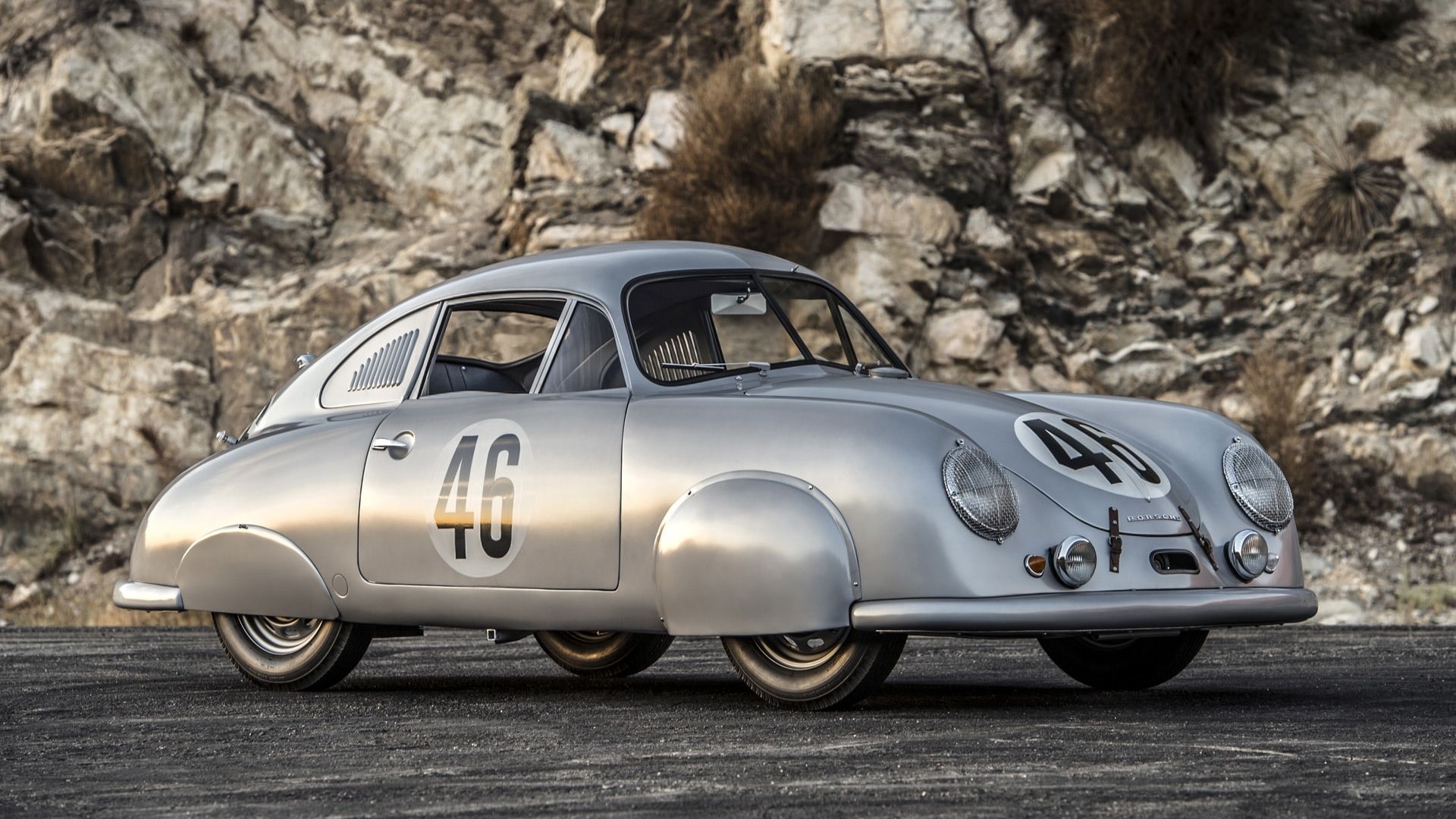
The Porsche 356/2 “Gmünd” Coupe is a car that resonates deeply within the automotive community. This vintage sports car embodies the pioneering spirit of Ferdinand Porsche and his vision of a lightweight, agile vehicle that offers both performance and style. Produced between 1948 and 1951, the 356/2 is significant not only for its engineering but also for its role in the early history of Porsche as a manufacturer. In this blog post, we will dive into the remarkable features, history, and the cultural significance of the Porsche 356/2 “Gmünd” Coupe.
The Birth of the Porsche 356/2
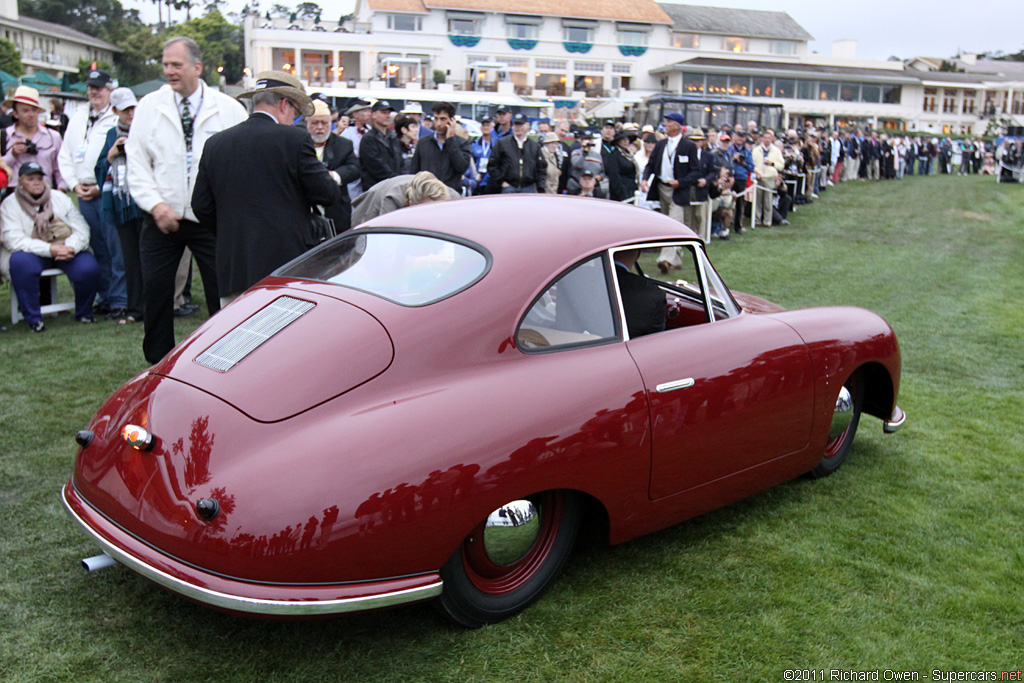
The Porsche 356 was conceived in the aftermath of World War II when the Porsche workshop was re-established in Gmünd, Austria. The 356/2 was designed to be the first automobile manufactured under the Porsche name. This innovative vehicle drew on the expertise of its creator, Ferdinand Porsche, who had previously developed iconic cars like the Volkswagen Beetle.
The distinctive design of the 356/2 utilized lightweight materials and underwent an evolutionary development process, combining aesthetics and functionality in a unique way. The first 356/2 models featured a magnesium body, which made the car remarkably light, aiding handling and performance.
Innovations and Features

The Porsche 356/2 “Gmünd” Coupe was designed with several innovative features that set it apart from its contemporaries. Key features of the car included:
-
Aerodynamic Design: The coupe's smooth lines and rounded shape were not merely for aesthetics; they enhanced aerodynamic efficiency, allowing for better speed and fuel efficiency.
-
Lightweight Construction: By using lightweight materials such as aluminum and magnesium, Porsche managed to create a car that weighed significantly less than many of its rivals, which allowed the engine to perform better.
-
Rear-Engine Layout: The 356 was one of the first cars to feature a rear-engine layout, a design that significantly improved traction and handling.
-
Performance: Initially equipped with a 1.1-liter flat-four engine, the 356/2 produced a modest amount of horsepower. However, variations were made over the production timeline, leading to more powerful versions as enthusiasts demanded improved performance.
The Impact on Porsche's Legacy
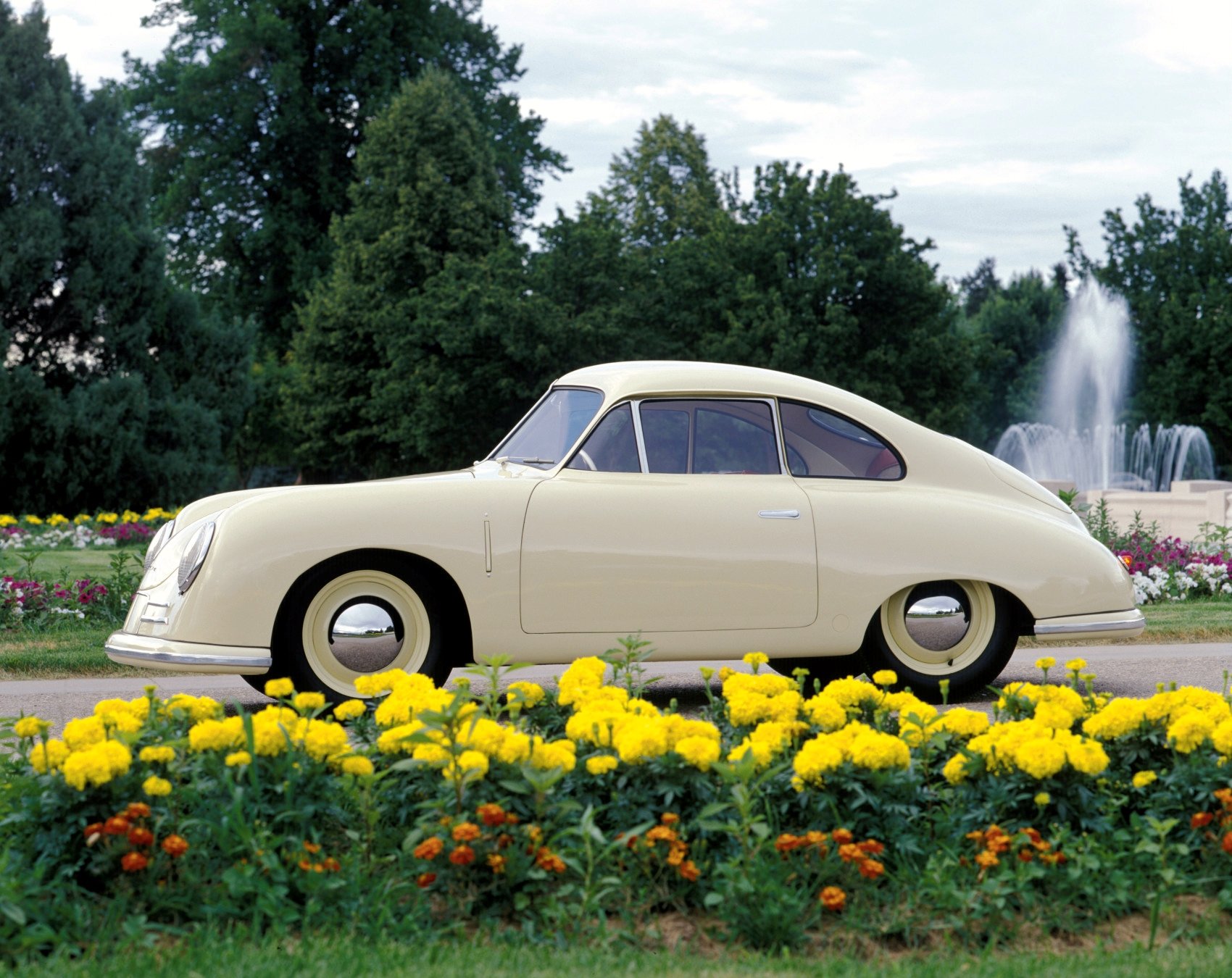
The introduction of the 356/2 set the foundation for Porsche's success in the automotive market. The lessons learned from its design and production helped Porsche evolve into the iconic brand it is today. It paved the way for subsequent models, demonstrating the company's commitment to innovation and motorsport.
The quintessential characteristics of the 356 series, such as sporty design, lightweight construction, and rear-engine layout, are evident in current Porsche models, showcasing the 356/2's lasting influence.
Cultural Significance
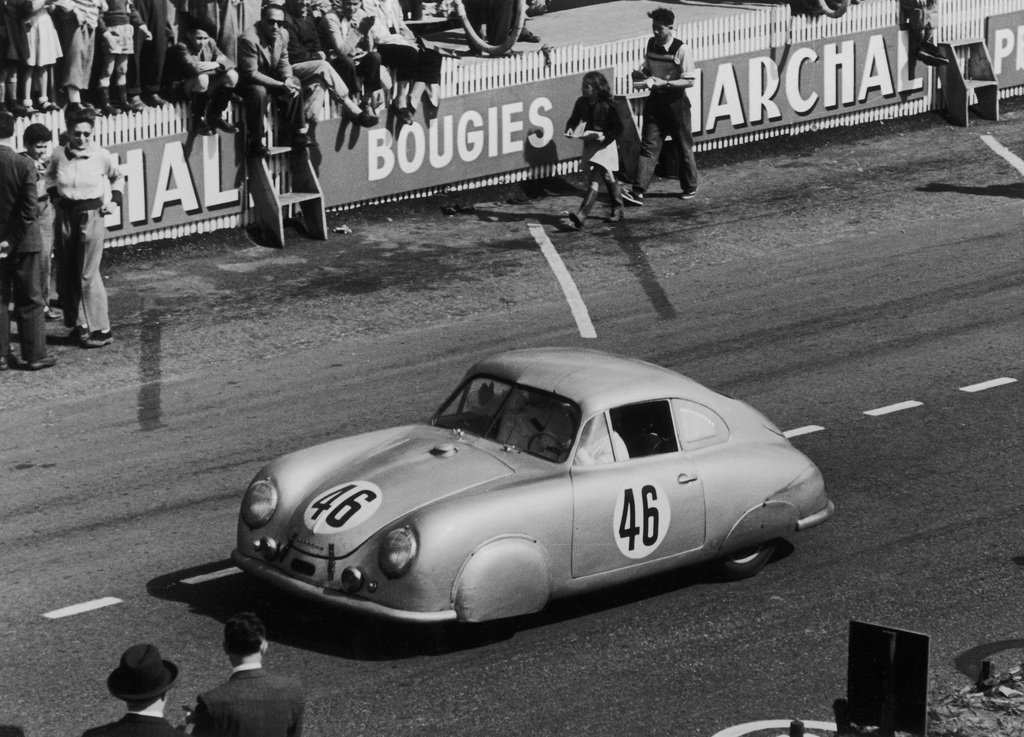
Over the years, the Porsche 356/2 “Gmünd” Coupe has gained a cult following among automotive enthusiasts and collectors. Its unique history as Porsche’s first production car and its retro appeal make it a sought-after classic. Cars produced in the early years carry historical significance as they represent the rebirth of the Porsche brand and its early triumphs.
Porsche has maintained a strong presence in motorsports, and the heritage of the 356/2 is celebrated at events such as the Porsche Parade or the annual 356 Registry East Coast Holiday, where enthusiasts gather to appreciate these timeless automobiles.
Collectibility and Current Market Trends

As a significant piece of automotive history, the Porsche 356/2 “Gmünd” Coupe has seen an increase in value over recent years, making it a coveted vehicle among collectors. Prices can vary greatly depending on condition, mileage, and history, but well-maintained models can command impressive sums.
Factors driving demand include:
-
Limited Production Numbers: With only a few hundred units produced, the rarity of the 356/2 heavily influences its collectibility and price.
-
Restoration and Preservation: Many collectors are dedicated to restoring these classic vehicles, further increasing their value and appeal.
-
Heritage and Nostalgia: Enthusiasts admire the car's role in establishing Porsche's reputation and its timeless design.
Conclusion
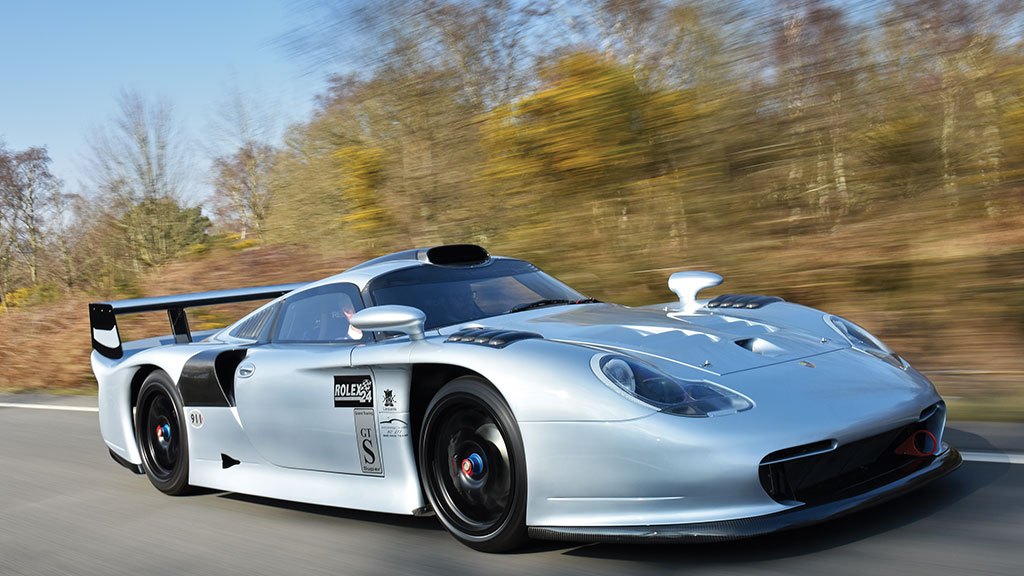
The Porsche 356/2 “Gmünd” Coupe remains an essential part of automotive history, not only for its place as Porsche's inaugural production vehicle but also for its pioneering spirit, commitment to performance, and aesthetic appeal. As Porsche continues to thrive into the future, enthusiasts and collectors will undoubtedly cherish the legacy of the 356/2. Its contributions to design and engineering are celebrated today, and its influence is evident in the current line-up of iconic Porsche models that continue to capture the hearts of car lovers around the globe. The Porsche 356/2 is timeless—a true gem that represents the ambition and ingenuity of the Porsche brand.